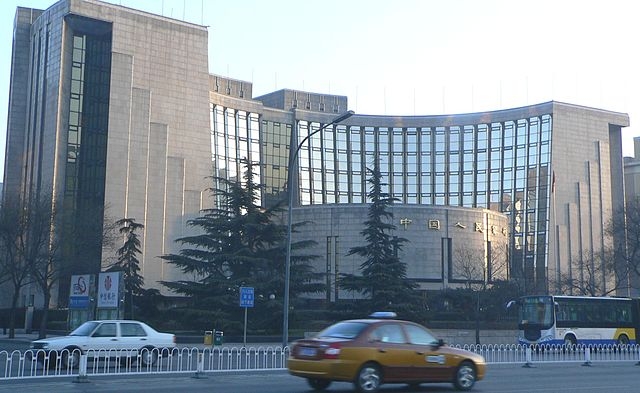What is People's Bank of China (PBoC) trying to do and what is its fixing strategy?
These question are puzzling analysts and global market participants the most. PBoC on Tuesday devalued Yuan by just 0.21%, when spot rate was down by 0.61% on Monday, while rates firmed on Tuesday, PBoC again devalued Yuan by 0.22% and today it devalued its fix by 0.51%, highest since force devaluation in August.
While, PBoC's action suggests it is trying to guide Yuan weaker, offshore Renminbi valuation suggests that market is driving Yuan weaker rather than PBoC. In all of three days, Offshore Renminbi, which is traded largely in Hong Kong dropped at faster pace than its onshore counterpart. Aggressive monetary outflow could be responsible behind latest drop in Yuan. Yesterday at one point, offshore Yuan was down around 1.1%, largest on record.
Moreover, if PBoC had wanted to weaken Yuan, it would have approached much gradual path of weakening.

However, today's fix devaluation by 0.51% contradict our above statement.
So, what is PBoC exactly doing?
If PBoC had fixed Yuan stronger, relative to today's devaluation, it would have risked greater spread to offshore-onshore Yuan. Instead it is wiser strategy to reign on the gap with larger devaluation. It was higher than 2% already and after today's move spread has reduced significantly.
Yuan is currently trading 6.69 per Dollar in offshore and 6.6 in onshore market.
So, PBoC's strategy might be not to discourage Yuan depreciation by large, trying to reign on pace and indirectly reign on the spread.



 Why central banks are too powerful and have created our inflation crisis
Why central banks are too powerful and have created our inflation crisis  Interest rates: Monetary policy is always political as central banks opt to back the financial sector
Interest rates: Monetary policy is always political as central banks opt to back the financial sector  The yen plunges to 34-year low despite interest rate hike
The yen plunges to 34-year low despite interest rate hike  Why the Bank of England is now more upbeat than the IMF
Why the Bank of England is now more upbeat than the IMF  If central banks don't start cutting them soon, it could actually increase inflation
If central banks don't start cutting them soon, it could actually increase inflation 
































